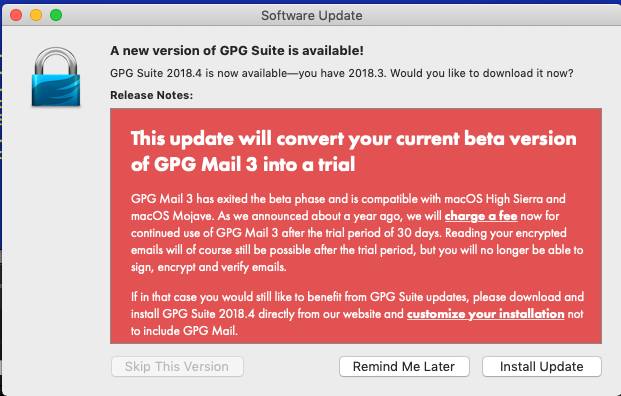The Witcher series of games have been phenomenally successful. In fact their success has overshadowed the books that they were based on. Unfortunately for the author, he made a bad deal and now wants to alter the deal:
“I was stupid enough to sell them rights to the whole bunch,” Sapkowski said at the time. “They offered me a percentage of their profits. I said, ‘No, there will be no profit at all — give me all my money right now! The whole amount.’ It was stupid. I was stupid enough to leave everything in their hands because I didn’t believe in their success. But who could foresee their success? I couldn’t.”
Sapkowski has now made a public demand for six percent of the profits obtained for the lifetime of the franchise, which adds up to more than $16 million for The Witcher 3: Wild Hunt alone.
I especially enjoy how he admits that he was initially offered a percentage of the profits and turned the offer down because he didn’t believe that the project would be successful. So even he’s admitting that his failure to capitalized on his novels was entirely his fault.
Higher risks generally come with greater rewards, which makes sense since there needs to be a justification for taking a risk. Sapkowski played it safe and took the low risk/low reward option. Generally speaking, if you can bear the brunt of losing out on a high risk/high reward situation, take it. Sapkowski had income from his books so he may have been able to bear the brunt of not receiving any money on the series if it flopped. If you ever find yourself in a similar position, give the high risk option some serious thought.
